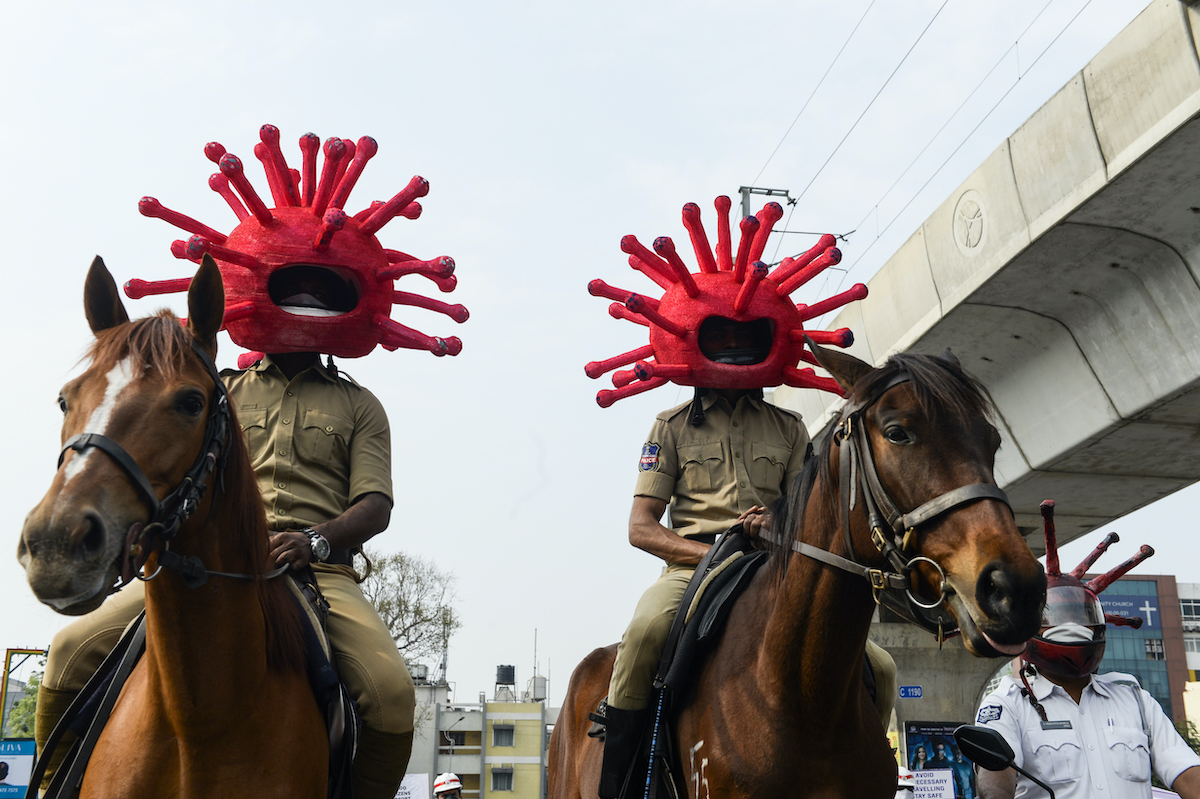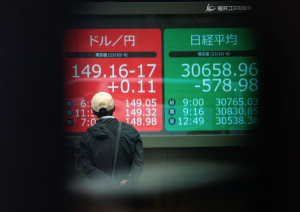(ATF) India is already the third worst-hit country after the US and Brazil, and with the health ministry reporting a daily jump of close to 69,000 new infections on Friday, it is surging past the 3-million mark as it heads toward another anxious weekend.
Yet amid the alarming numbers, there could also be a flicker of hope; the country is showing early signs that the rate of increased infections is slowing down – the curve could be flattening.
And the health ministry’s recent finding is that Indians have had a 74% recovery rate – as of the last working day of the week. So, a far greater number of coronavirus patients are recovering than those who are falling sick.
“While India is set to surge past the 3 million mark soon, globally-tracked data has revealed that the epidemic curve in India seems to be probably showing early signs of plateauing,” Rajib Dasgupta, head of the Centre of Social Medicine and Community Health at New Delhi’s Jawaharlal Nehru University, told ATF on Friday.
Rajib said that the high recovery rate is also an indication that perhaps coronavirus cases are slowing down in the early hotspots like the large cities, but spreading to smaller towns and rural areas.
Interpreting the recent serological survey results from worst-hit cities of India like Ahmedabad, Mumbai, Delhi and most recently Pune, Rajib also noted that “the infection has been widespread, up to 62% in the slum-like settlements.”
Millions more asymptomatic?
Still, according to AFP, even as India is ramping up testing, millions of Indians may have caught the coronavirus without showing symptoms, which raises doubts about India’s official case numbers.
But while ‘millions’ seems like an undefined number, according to an analysis by the Confederation of Medical Association of Asia and Oceania (CMAAO), there are an estimated 30 asymptomatic cases for every symptomatic patient who tested positive in India, although 20 go untested.
This is because of the Indian health system’s inability to carry out contact tracing, as well as issues like the social stigma surrounding Covid-19, and limited understanding of the disease among the population.
India made a conscious choice to frame the pandemic response under the National Disaster Management Act (2005), which “infused a sense of much-needed urgency but also led to an over-reliance on generalist bureaucrat-administrators,” Rajib said.
At 23,636 tests per million per day currently, India lags substantially behind Spain (at 170,147), or Brazil (at 64,616), or the USA (222,984), he said.
Yet a high-rate of asymptomatic cases could be a good thing for society and could play a role in the ending of the pandemic, some experts say.
“While this [high ratio of asymptomatic cases] is likely to lead to a greater propensity of the disease to spread faster and wider, it also means that a relatively higher proportion of the population will attain immunity sooner,” Rajib said.
Unreliable numbers
Meanwhile, recent countrywide surveys have suggested that there are more infections in India than the official numbers suggest.
In the western city of Pune for instance, 51.5% of respondents in five badly affected pockets had antibodies in their blood, a recent survey showed.
Another in late July found 57% of those tested in Mumbai’s slums had the infection – far more than official data suggests.
Another survey released this week, testing sewage water in Hyderabad, estimated that some 6.6% of the city of over nine million may have been infected – also far higher than the official data suggests.
Commenting on India’s management of the pandemic, Rajib said that an unsavoury aspect has been the imposition of targets on daily tests imposed on health workers to ramp up testing.
That has not only led to warped and unreliable results, but other grave consequences as well. The recent alleged suicide of a medical officer in the India state of Karnataka has brought this problem to the fore, he added.
“The humanitarian dimensions require far greater empathy and a whole-of-society response and we [in India] are yet to witness that. Another area that requires significant strengthening is risk communication and community engagement. These are some of the areas that need course corrections,” Rajib told ATF.
With reporting by AFP
























